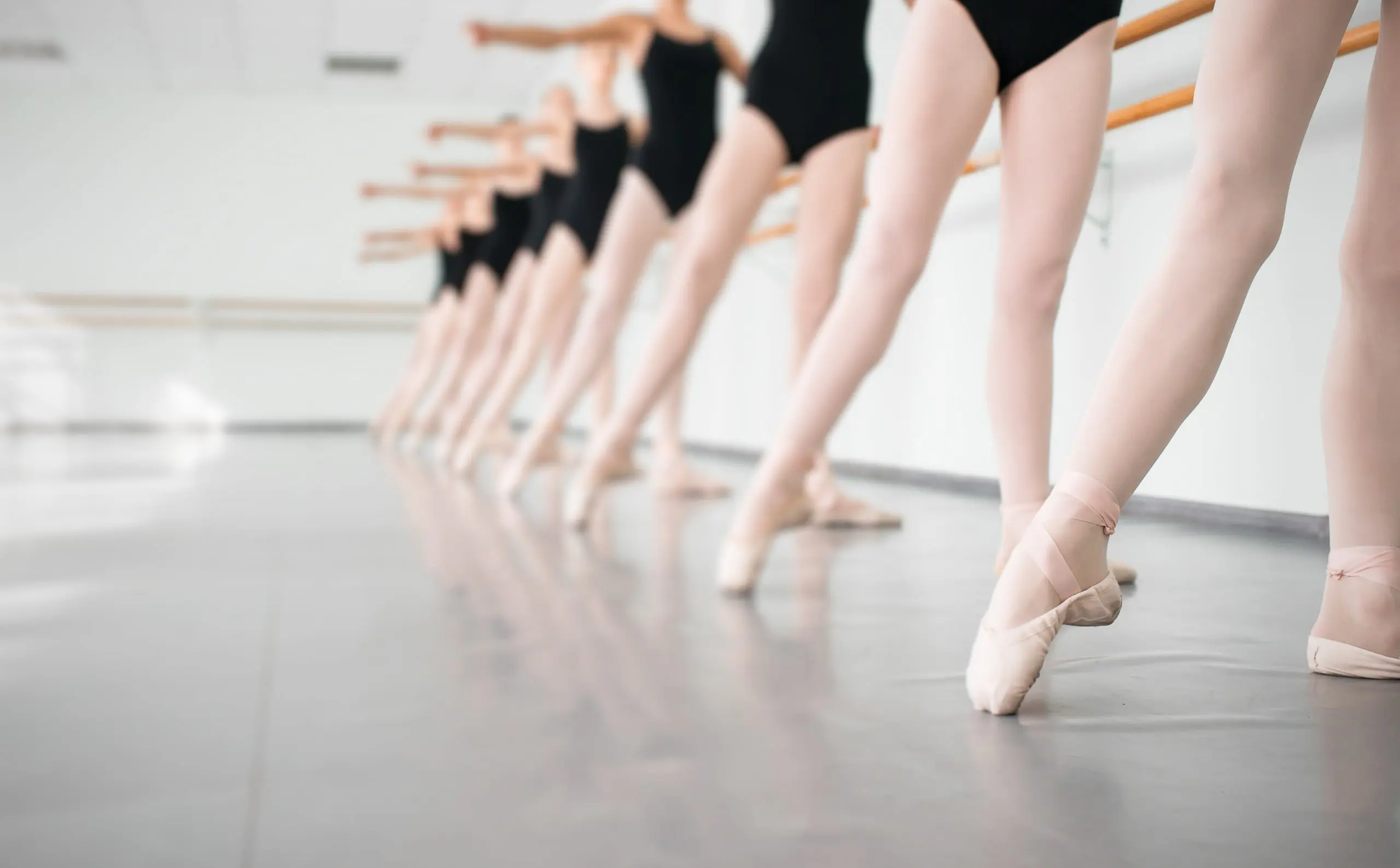
In order to acquire agility, flexibility, and power, dancers must put their feet to the test. This often results in injuries and trauma that must be cared for after they have performed. Here are some ideas for classical dancers on how to preserve, soothe their feet and keeping them healthy.
Keep your feet dry
Working out in ballet shoes for lengthy periods of time almost always results in sweating, and moisture is a major contributor to the growth of fungus and mycosis on your feet.
Maintaining the cleanliness and drying of your shoes can help to avoid the formation of germs that might cause illness. Make sure they’re dry before putting them on, then sprinkle talcum powder on your feet to help them dry out.
Airing out your feet as soon as possible is another smart approach to reduce the discomfort of sweat.
Protecting your dancing feet
Ballet requires a high level of skill to master the movement of the feet. Their curvature and stability give support and balance for the performer, but these abilities are gained through a process that might cause injury to the body parts involved in the performance. Dancers, fortunately, have tools at their disposal to make their practise more bearable.
The most fundamental method of avoiding discomfort and injured toes is to be cautious when trimming your nails. Make sure they’re not too short or too long so that friction from your skin against the floor doesn’t cause irritation.
Consider giving them a rounded form solely on the corners to avoid the pain of an ingrown toenail.
Following that, pick your shoes with care; they should be fitted but comfy.
To this end, pads come in a range of shapes and sizes:
- Toe pads to insert into the slippers: These limit the pressure on your toes. The contour of your foot may be readily accommodated by some tips, which are composed of foam or gel, or even cloth, depending on your preference. However, make sure you can feel the ground beneath your feet at all times, since this will help you advance in your practise.
- Spacers: These little components, as their name implies, let you to separate your toes from one another and minimise friction.
- Pedilles: These are fitted foot protectors, in the shape of “foot breeches” that allow you to dance without your dance shoes. They protect the soles of the feet while maintaining the barefoot feel.
A foot-care ritual
After a dancing lesson, establish a foot care routine to help avoid a variety of problems!
1 – De-stress: nothing beats a foot soak in warm water with coarse salt. The antimicrobial and calming qualities of salt are well-known. A 20-minute relaxation treatment can alleviate your discomfort and condition your feet for the next phase.
2 – Exfoliate: Gently massage the sole of your foot with a pumice stone to remove dead skin. It’s important not to push it because this will cause irritation. Furthermore, the skin may self-defend by creating additional calluses!
3 – Moisturize: Because the foot lacks sebaceous glands, perspiration causes fissures on this region of the body. After completing steps 1 and 2, thoroughly dry your feet before applying a moisturising cream or lotion and gently massaging it into your feet. This procedure should be completed before bedtime to allow your feet to repair while you sleep.
Do your feet require further care?
Despite all of these measures, dancers’ feet occasionally have problems that need expert assistance. Fortunately, if treated promptly, your feet’s condition will not be irreversible, and a podiatrist from the PiedRéseau network of Quebec podiatry clinics will be able to give the required care and advice.